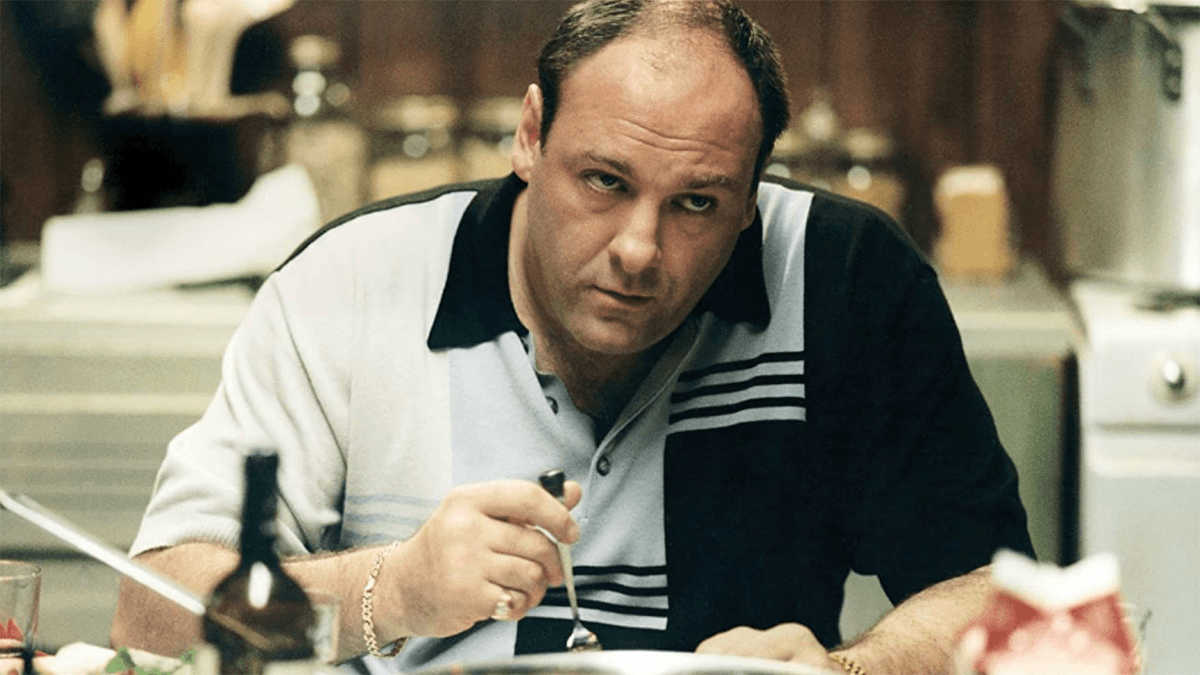The blues pact
The blues was born in a context of ruins and reconstruction. The end of the Civil War in 1865 formally ended slavery, but it did not bring full freedom. In the Mississippi Delta, former enslaved people and their descendants were pushed into cotton plantations where exploitation continued with another face. The system of sharecropping and debt imprisoned entire families to the land under conditions that hardly differed from slavery.
It was in this environment marked by racial violence, public lynchings, and Jim Crow laws that a new musical language began to emerge. It carried the pain of oppression and the memory of work songs, but moved away from religious solemnity to describe the concrete life of those who lived on the margins.
The blues took root in bars and juke joints, spaces where the Black community could gather away from the watchful eyes of churches and the police. At the same time, these houses were seen by Baptist and Methodist pastors as places of perdition. The tension between secular music and religion pervaded the daily lives of Black people in the South. For many believers, playing the blues was a step away from God, an open path to demonic influences. This moral reading would later fuel the interpretation that the extraordinary talent of certain musicians could only have supernatural origins.

The cultural environment of Mississippi was also marked by hybrid spiritual traditions. In addition to the Christian matrix, beliefs brought by enslaved Africans survived, which included the symbolic power of crossroads. When the blues began to be identified as devil's music by religious sectors, this association found in the image of the crossroads a ready-made symbol to be used.
The legend of the pact did not begin with Robert Johnson, although it fixed on him. One of his predecessors, Tommy Johnson, was known for spreading the story that he had sold his soul to the devil to play guitar. His brother, LaDell Johnson, told journalists in the 60s that Tommy spoke openly about it to impress the audience. This account shows that the narrative was already circulating among musicians and fans long before it became a central myth. But it was with Robert Johnson that it gained strength.

Robert was born in 1911 in Hazlehurst, Mississippi, and grew up amid constant changes with his mother. He showed an early interest in music, learning harmonica and then guitar. In the 20s and early 30s, he attended local bluesmen gatherings. The memory left by these musicians is that Johnson was an average kid with little technical mastery. The account of Son House, recorded years later, is that Johnson insisted on playing during the breaks, but his sound was weak and out of tune to the point of being ridiculed. Then Johnson disappeared from the scene for almost two years. When he returned in mid-1932, his technique was so impressive that it seemed impossible. Willie Brown described him as sounding like two guitarists playing at the same time. It was this sudden transformation, with no witnesses to his intense practice, that fueled the idea that Johnson had made a pact at a crossroads.
The myth found support in the very compositions. Robert Johnson recorded the modest number of 29 songs in two sessions, one in San Antonio in 1936 and another in Dallas in 1937, organized by producer Don Law. But in this short repertoire were lyrics that would become foundational to the entire iconography of the blues. In Cross Road Blues, he sings about being stuck at a crossroads, pleading for mercy from God while waiting for a savior. In Hellhound on My Trail, he describes hellhounds on his trail, an image of spiritual pursuit and existential paranoia. In Me and the Devil Blues, he states that 'me and the devil walk side by side,' crystallizing the direct association between his figure and demonic forces.
The lyrics, however, need not be read only literally. Many researchers point out that the crossroads can symbolize life choices, that it all stems from an idea of creating metaphors for constant racial and social pursuit, and that walking with the devil could simply be a way to express a life marked by risk and marginality. The blues, as a language, has always moved between metaphor and concrete experience. But for the white audience that began to listen to Johnson from the 60s, the supernatural interpretation was easier to absorb.
Johnson's death reinforced the myth. In August 1938, he fell ill after drinking a bottle of poisoned whiskey in Greenwood, Mississippi. The poison was said to have been put there by the husband of a woman Johnson had been involved with. He suffered for days until he died at just 27 years old. His death certificate was never found, and three different locations claim his grave. The fact that he died young, under nebulous circumstances and without an official record, completed the picture of a cursed artist. Decades later, his age would link him to the so-called Club of 27, alongside Jimi Hendrix, Janis Joplin, Jim Morrison, Kurt Cobain, and Amy Winehouse.
Johnson fell into obscurity for almost twenty years. Only in the 60s, with the compilation King of the Delta Blues Singers released by Columbia in 1961, was his work rediscovered by musicians from the UK and the US. Keith Richards of the Rolling Stones declared that when he heard Johnson for the first time, he thought there were two guitarists playing. Eric Clapton called him 'the most important blues singer who ever lived.' This rediscovery placed Johnson within the genealogy of rock and expanded the legend of the pact, now translated into an aesthetic that rock appropriated for itself.
Pop culture reinforced this mythology in various forms. The film Crossroads, from 1986, directed by Walter Hill, depicted a young guitarist seeking Johnson's secret and culminates in a musical duel with Steve Vai, representing the devil. The Coen brothers revisited the legend in O Brother, Where Art Thou? in 2000, where a character named Tommy Johnson claims to have sold his soul in exchange for playing guitar. These narratives expanded the pact as a metaphor for the relationship between art, fame, and sacrifice.
However, the myth has an important racial underpinning. The idea that a Black musician could only play so extraordinarily if he had supernatural help is colored by the prejudice of a society that did not recognize the discipline, study, and creativity of Black artists. The pact was a simplistic explanation for a genius that broke social boundaries. Moreover, the pact also reflects the real bargaining that Black musicians made with the recording industry. Unfair contracts, lack of royalties, appropriation of their work by white artists, all this configured another type of soul-selling, not to a mythical devil, but to an economic system that exploited talent without ensuring a fair return.
Johnson's blues was a cornerstone for rock, modern jazz, and even rap. His grammar of pain, survival, and confrontation crossed genres and generations. The pact, as a myth, persists because it speaks more about society than about him. It is a metaphor for the difficulty in accepting that genius can arise from marginality, that technique can be learned in isolation, and that art can flourish even under oppression.
Robert Johnson lived little, left few recorded songs, and almost no photographs. Still, he is remembered as one of the founders of 20th-century popular music.
See others like this





